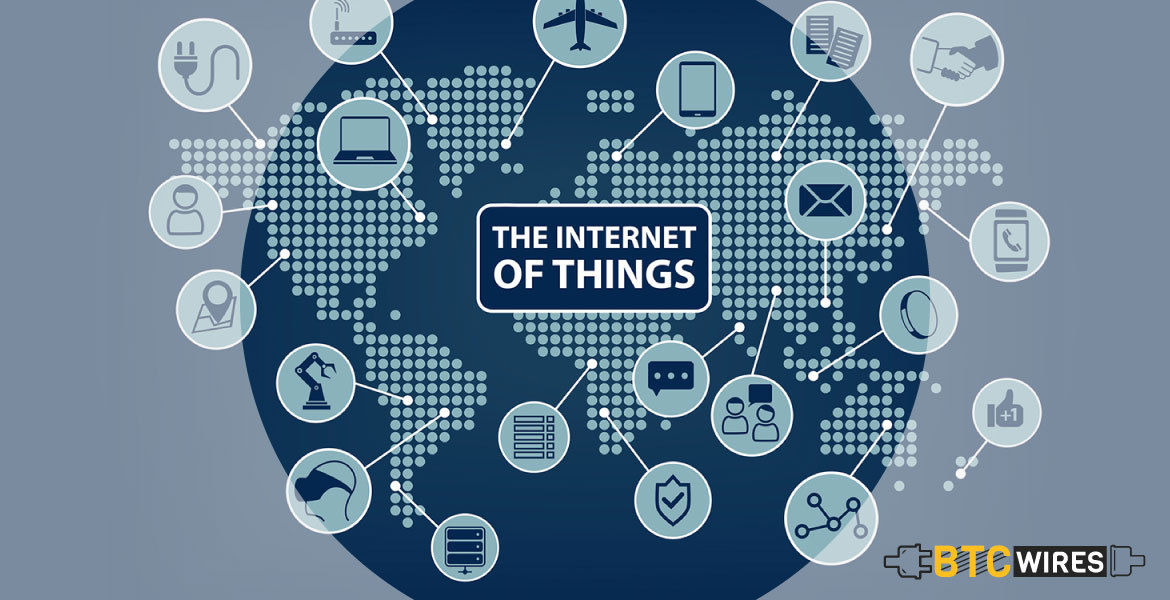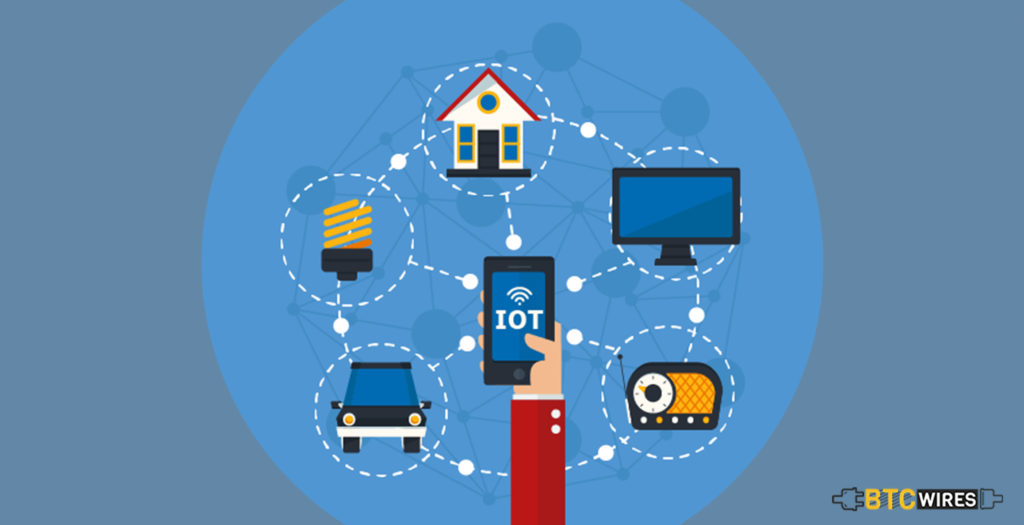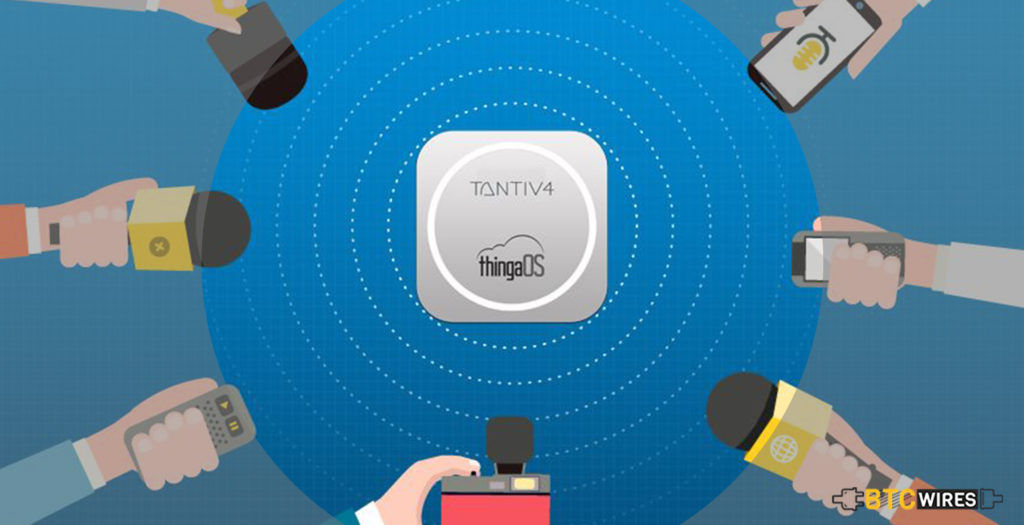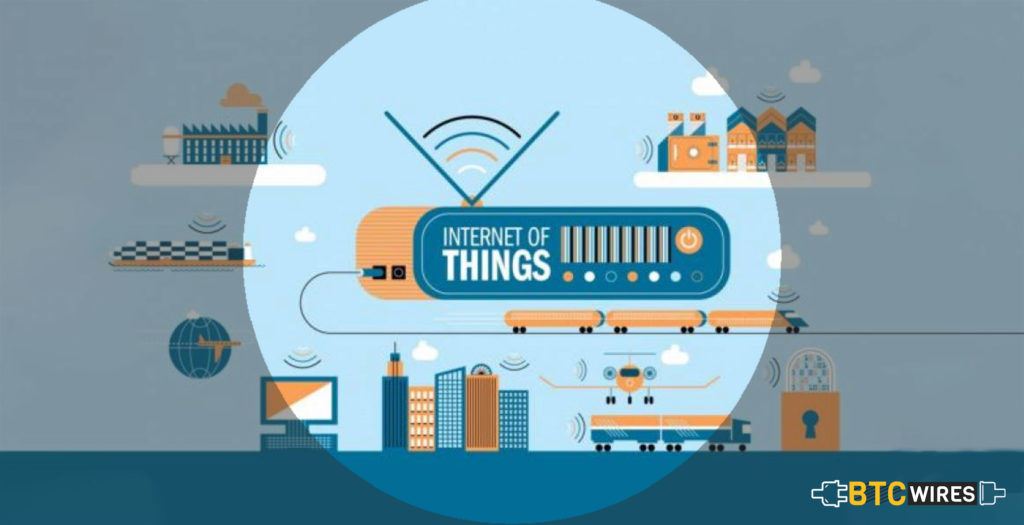The IoT, or Internet of things, is a system of

The IoT, or Internet of things, is a system of interrelated computing devices, digital as well as mechanical machines, objects, animals or people that are provided with UIDs (Unique Identifiers).
Also, IoT offers the ability to transfer the data over a network without requiring H2H (human-to-human) or H2C (human-to-computer) interaction.
A thing in IoT can be a person with a heart monitor implant, an automobile that has built-in sensors, a farm animal with a biochip transponder to alert the driver when tire pressure is low or any other natural or man-made object that can be assigned an IP address and can transfer data over a network.
Increasingly, organizations in many industries are using Internet of things for operating more efficiently, better understand customers to deliver enhanced customer service, for improving decision-making as well as increasing the overall value of the business.
You May Also Read: Things Blockchain Technology Cannot Solve
History of IoT

Co-founder of the Auto-ID Center at MIT, Kevin Ashton, first mentioned about IoT in a presentation that he made to P&G back in 1999.
Willing to bring radio frequency ID to the attention of P&G’s senior management, he called his presentation “Internet of Things” for incorporating the cool new trend of 1999, the internet.
MIT professor Neil Gershenfeld’s book “When Things Start to Think”, also appearing in 1999, did not use the exact term but provided a clear vision of where IoT was headed.
IoT has evolved from the convergence of wireless technologies, microservices, microelectromechanical systems and the internet.
The convergence has helped tear down the silos between OT and IT, enabling unstructured machine-generated data to be analyzed for insights to drive improvements.
The first internet appliance was a Coke machine at Carnegie Mellon University in the early 1980s.
Using the internet, the programmers could check the status of the machine and determine whether there would be a cold drink awaiting them, if they decide to make the trip to the machine.
IoT evolved from M2M communication, i.e. machines connecting to each other through a network without human interaction.
Machine-to-machine refers to connecting a device to the cloud, while managing it and collecting the data.
The concept of IoT ecosystem, did not really come into its own until the middle of 2010, when the government of China said it would make IoT a strategic priority in its five-year plan.
You May Also Read: 5 Things To Know Before Investing In Cryptocurrencies
How Does Internet of Things Work?

An IoT ecosystem is comprised of web-enabled smart devices which use embedded processors, sensors and communication hardware for collecting, sending and acting on data that they acquire from their environment.
IoT devices share the sensor data that they collect by connecting to an IoT gateway where data is sent to the cloud.
At times, these devices communicate with other related devices as well as act on the information they get from one another.
The devices do a lot of work without human intervention, though people can interact with the devices to set them up.
You May Also Read: 10 Things To Know About Ripple.
Topnotch Advantages of IoT
The internet of things offers a number of advantages to the organization, enabling them to,
- Monitor their entire business processes
- Improve customer experience
- Save time and money
- Enhance employee productivity
- Adapt and integrate business models
- Make suitable business decisions, and
- Generate more revenue
IoT encourages companies to reconsider the ways they are approaching their businesses, markets and industries, and gives them the tools for improving their business strategies.
You May Also Read: 5 Things You Should Know About Blockchain
Consumer and Enterprise IoT Applications

There are numerous real-world applications of the IoTs, ranging from consumer IoT and enterprise IoT to industrial IoT.
For instance, in the consumer segment, smart homes equipped with smart thermostats, smart appliances and connected heating, lighting and electronic devices can be controlled remotely through smartphones, computers or other mobile devices.
In healthcare, IoT offers many advantages, including the ability to monitor patients more closely for using data that’s generated as well as analyze it.
Hospitals usually use IoT systems for completing tasks like inventory management, for both pharmaceuticals and medical instruments.
For instance, smart buildings can reduce energy costs using sensors which detect how many occupants are in the room.
The temperature can automatically turn the right air conditioner on if sensors detect a conference room is full or turning the heat down in case everyone in the office has gone home.
In agriculture, IoT-based smart farming systems can help in monitoring light, humidity, temperature and soil moisture of crop fields utilizing connected sensors.
In a smart city, IoT sensors as well as deployments, like smart streetlights and smart meters, is helpful in alleviating traffic, conserve energy, address and monitor environmental concerns, as well as improve sanitation.
You May Also Read: Things You Can Build on Blockchain other than Cryptocurrencies
IoT Security & Privacy Issues

The IoT connects billions of devices to the internet and involves the use of billions of data points. All of them have to be secured.
Owing to its expanded attack surface, IoT security as well as IoT privacy are cited as major concerns.
One of the most notorious recent IoT attacks was a botnet that infiltrated domain name server provider and took down many websites for an extended period of time in one of the biggest DDoS attacks ever seen.
It is because of the IoT devices which are closely connected to one another that all the hackers have to do is exploit one vulnerability to manipulate all the data, rendering it unusable.
However, hackers are not the only threat to the IoT, privacy is another major concern for the users. For example, firms that make and distribute consumer IoT devices could use those devices to obtain and sell users’ personal data.
IoT, beyond leaking personal data, poses a risk to critical infrastructure, incorporating electricity transportation and financial services.
What do you think? Can blockchain strengthen the Internet of Things?
Here are a Few Articles for you to Read Next:

